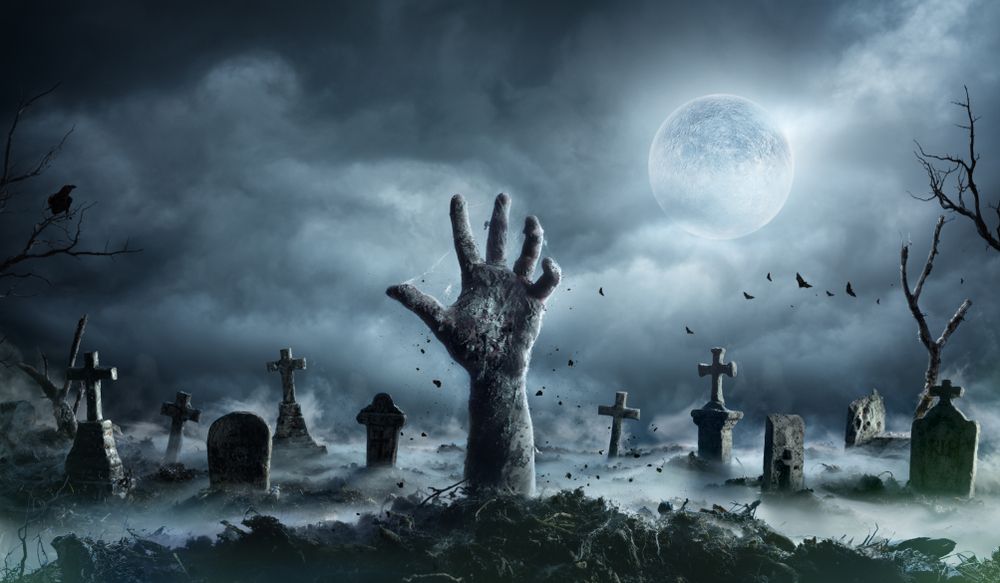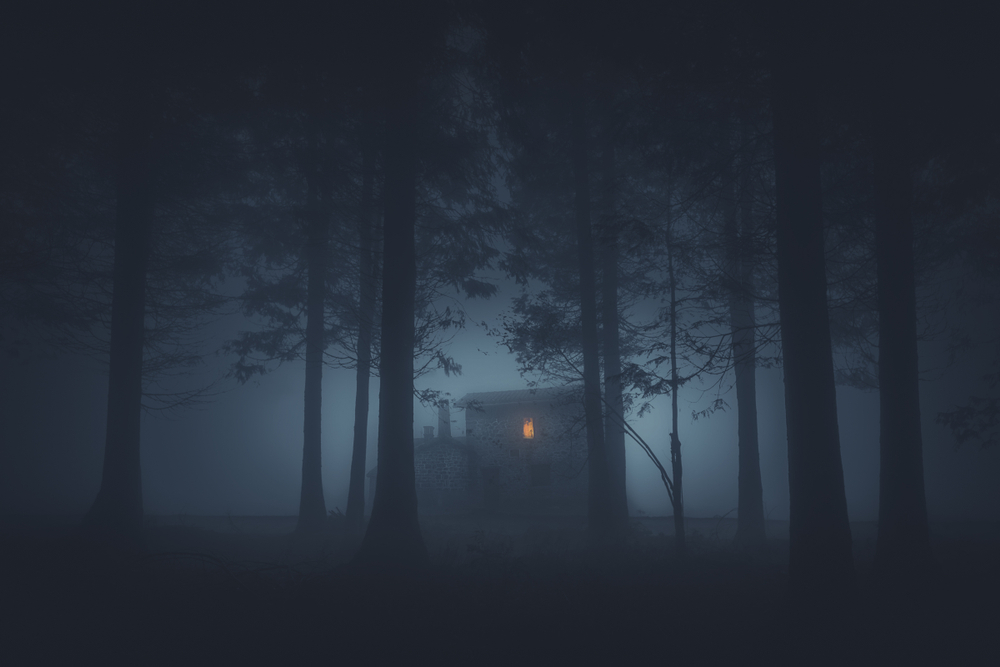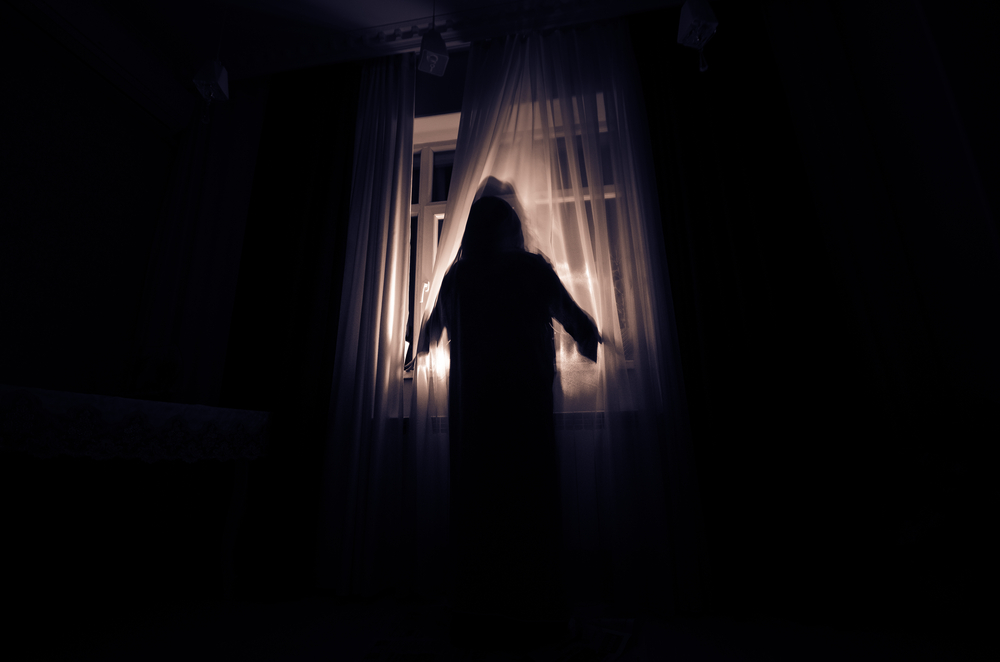Writing For Your Audience: Horror
You’re running through the darkened halls of a long-since abandoned house. The unfamiliar walls are coated with the shredded remains of your friends’ internal organs and you’ll be next if you don’t figure something out quickly. Your heart is pounding in your ears as sweat makes its way slowly down the side of your face. You hear the sound of a chainsaw coming from a closer distance than you feel comfortable with so you quickly dart up the stairs to the third floor. Grabbing the banister to help you run faster, you bolt up the stairs two at a time, tripping over an unfamiliar body in the process. You inhale the smell of rotting flesh and realize with a sharp clarity that your friends aren’t the first. You find the furthest door and slam it shut, pushing a drawer set in front of the door as you hide in the closet and try your best to stop breathing. You hear the door set slide across the wooden floor with an unpleasant squeak and the sound of boots and metal clanking across the room… he’s getting closer, you can feel it… don’t breathe… he’s almost here…
Do you feel that fist-clenching tenseness? Cultivating that feeling is a crucial part of what horror readers are looking to experience throughout your book.

1) Layers of Terror
There are a few different types of terror that horror aficionados will expect in their books. We could tell you about them, but famed horror writer Stephen King really says it best, “The 3 types of terror: The Gross-out: the sight of a severed head tumbling down a flight of stairs, it’s when the lights go out and something green and slimy splatters against your arm. The Horror: the unnatural, spiders the size of bears, the dead waking up and walking around, it’s when the lights go out and something with claws grabs you by the arm. And the last and worse one: Terror, when you come home and notice everything you own had been taken away and replaced by an exact substitute. It’s when the lights go out and you feel something behind you, you hear it, you feel its breath against your ear, but when you turn around, there’s nothing there…”
The best types of horror novels will have layers and will find ways to incorporate all three of these terror types. When they pick up your book, your readers want to be scared so it’s best to give them as many different ways to be scared as possible.
2) Create Continued Suspense
Another aspect of these novels that horror-junkies can’t get enough of is the continued suspense one feels when reading a horror book. This suspense isn’t created through the monster jumping out of the shadows or wreaking havoc on the town, but rather through the absence of that. Suspense is created through a looming sense of danger- we don’t know what it is or why it is or how it is, but we know it’s coming. One way to create suspense is through foreshadowing or placing lines or moments into the book that hint at what is to come later. This can be in the form of the character finding a mysterious substance at the park where a child died recently or taking a series of photos and seeing the same old lady in all of them. These devices show the reader that something isn’t right, that something is lurking in the background of this story and you never know when it will rear its head.
You can also create suspense through your characters. Perhaps there’s a character who is exhibiting some shady behavior, this puts the reader further on edge wondering if they’re in on whatever danger is lurking. The more you can call back on the danger that’s building, the more tense readers will feel. Think of the feeling you get when you’re watching a movie and a character is walking through a dark house. You know something is going to pop out and scare you, but you don’t know when. Your novel should have a more drawn out version of that feeling.

3) Balance Suspense with Calm
Even though you want to have a looming sense of suspense present in your book, you need to also give the readers moments of calm as well. Suspense is a very intense feeling and, if you don’t create a balance here, you’ll risk having a reader need to put down your book to take a breather. These moments present opportunities to build on your characters and their relationships as well. This will not only create a more enjoyable fleshed-out reading experience, but it will also make the moments where we return to the tension feel much more palpable.
4) Put Your Readers into your Protagonist’s Head
As we said earlier, your reader wants to get scared. The most visceral way you can create a scary experience for them is to make them feel like they’re going through this experience themselves. This is why a first-person or a close third-person POV works best for a horror novel. You should put your reader into your protagonist’s head and allow them to see the world out of their eyes. Suddenly they’ll find themselves in a darkened field, being chased by a masked man with a chainsaw. Which is much scarier than simply watching that happen from a safe psychic distance.

5) More than Gore
Although different facets of suspense and terror are important, the best horror stories are about more than just gore. Stories such as Us, The Platform, It, It Follows, etc. are all dealing with psychological themes as well as simply present danger. Both The Platform and Us deal with themes of classism and the resentment that a corrupt system can cause. The story It involves childhood innocence being corrupted and It Follows is a thinly veiled idea based on STD’s. A horror audience will want to see some depth from your idea, so attempt to think of a societal or psychological human condition by which everyone has been troubled or tortured. Use that idea to create your monster or killer and the parameters through which he, she, or it operates in the world.
